Animal Life news stories
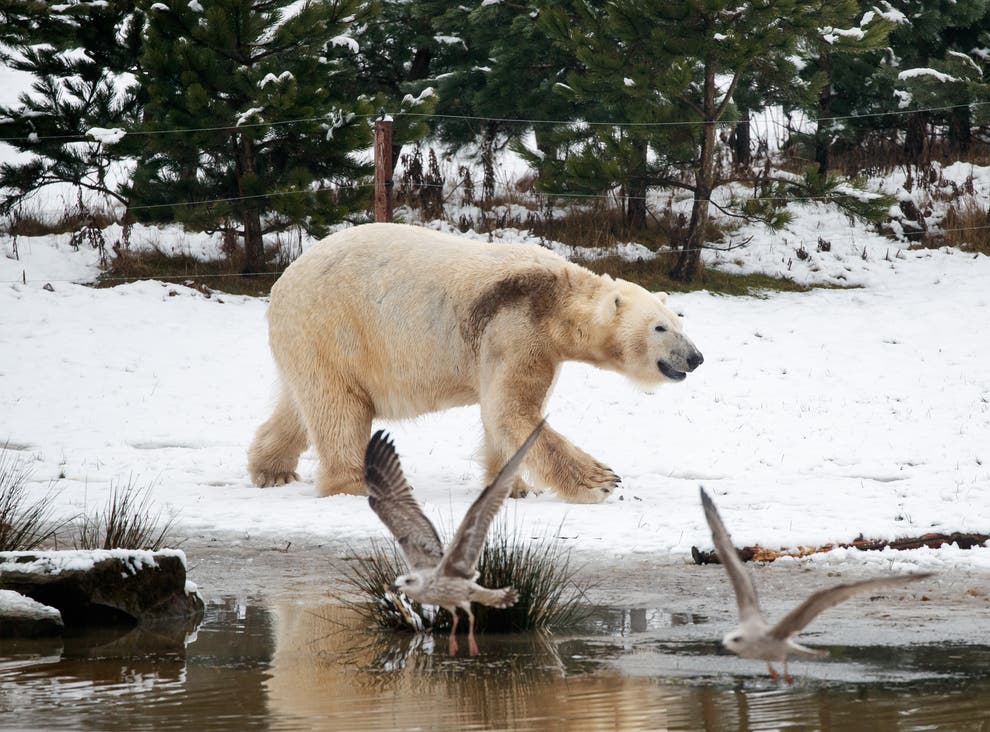
All brown bears today have some polar bear ancestry due to genetic mixing more than 100,000 years ago.
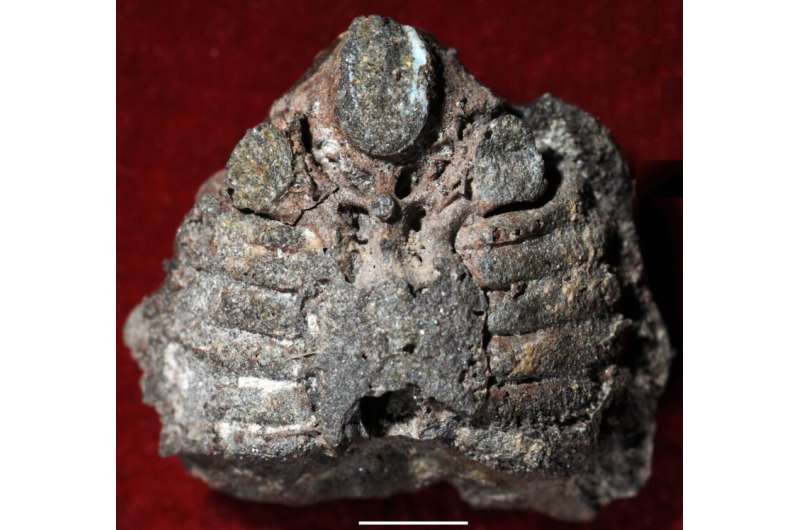
Embryonic and fossil evidence proves that the human middle ear evolved from the spiracle of fishes. However, the origin of the vertebrate spiracle has long been an unsolved mystery in vertebrate evolution.
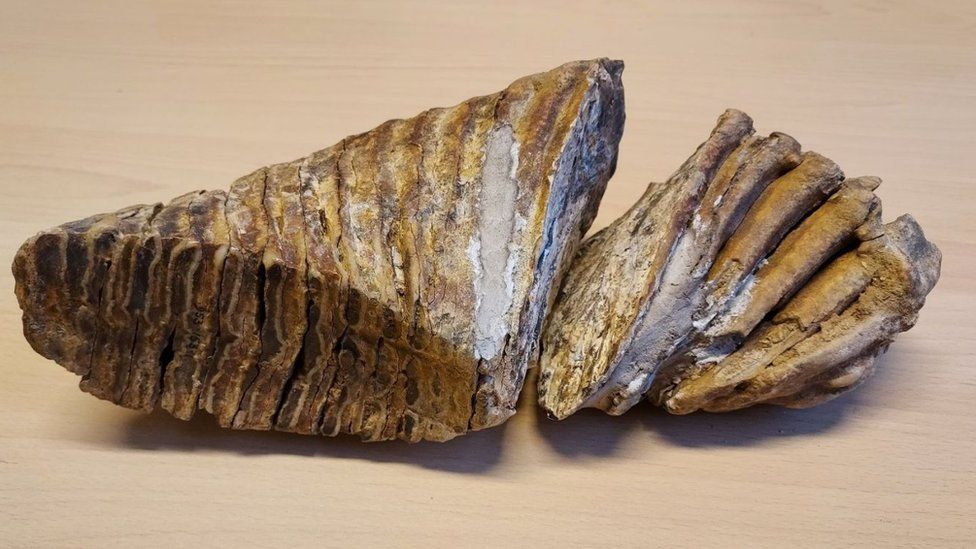
Mammoth teeth dating from 200,000 years ago are to be tested in the hope DNA samples can be found to reveal more about the creatures.
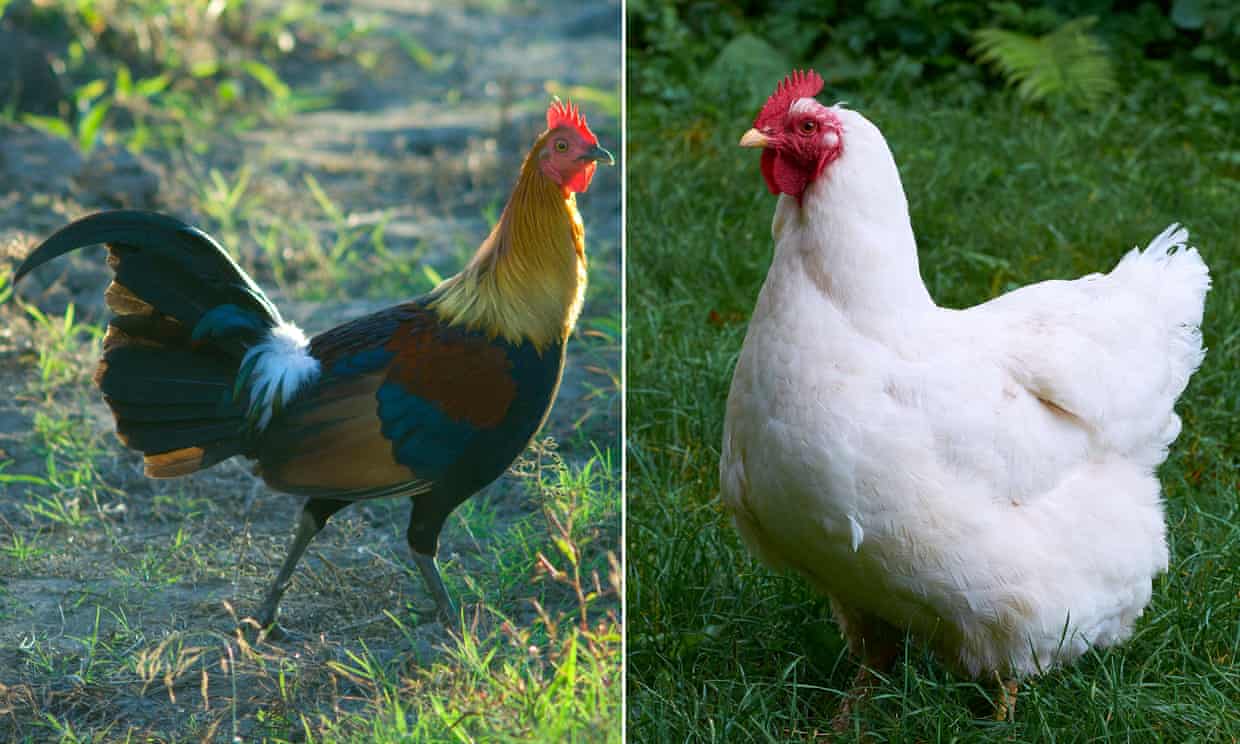
Close human contact only started about 3,500 years ago and birds were initially venerated, find archaeologists.

A new study reveals that humans arriving in what is now Australia likely ate it to extinction by stealing its eggs.
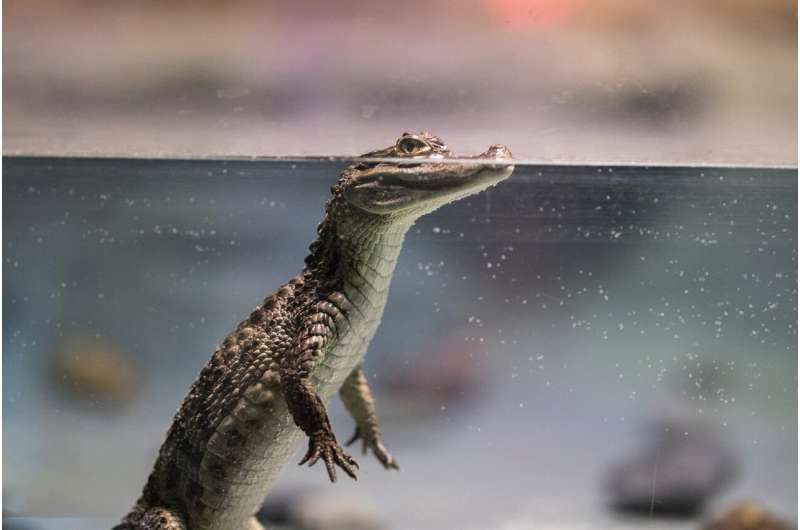
A team of researchers at Universidad Peruana Cayetano Heredia, working with colleagues from the U.S. and France, has uncovered a prehistoric crocodile fossil in Peru.
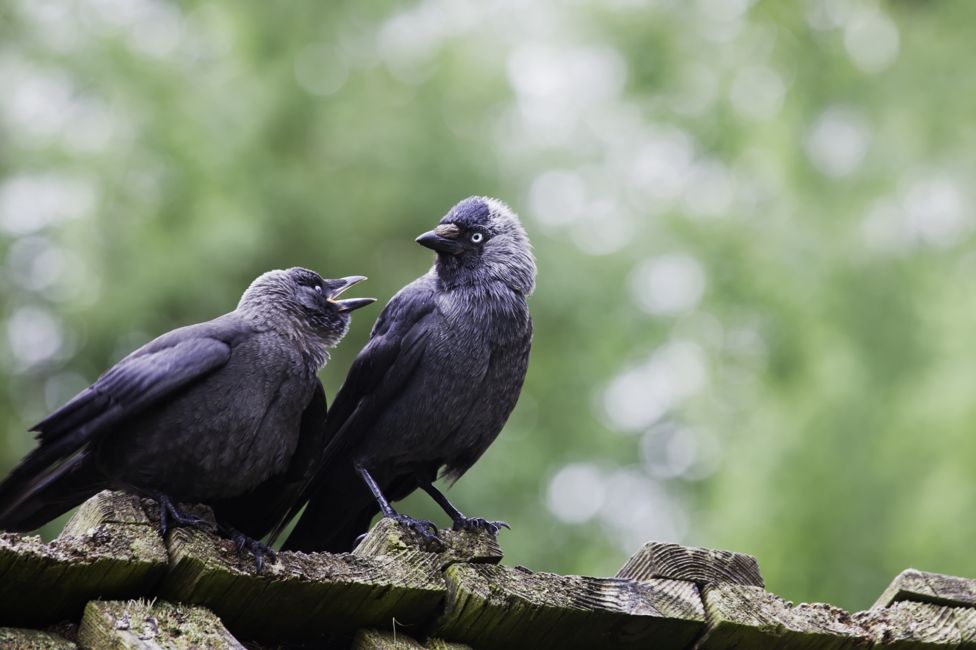
Thousands of jackdaws can suddenly take to the morning skies in winter, creating a whirling black cloud of creatures. Researchers have now found that the birds call out when they want to leave.
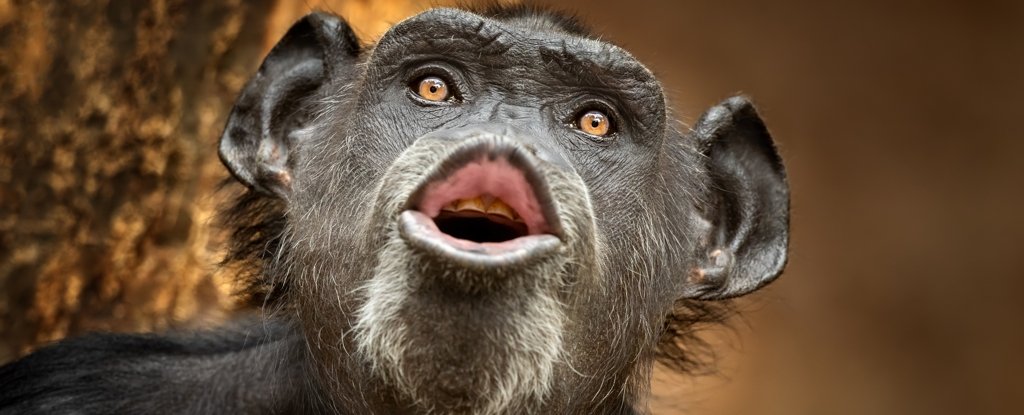
We humans like to think our mastery of language sets us apart from the communication abilities of other animals, but an eye-opening new analysis of chimpanzees might force a rethink on just how unique our powers of speech really are.
New research coming out of the University of Cambridge, UK, suggests that complex ecosystems emerged earlier than we thought, in a period of Earth’s history called the Ediacaran.
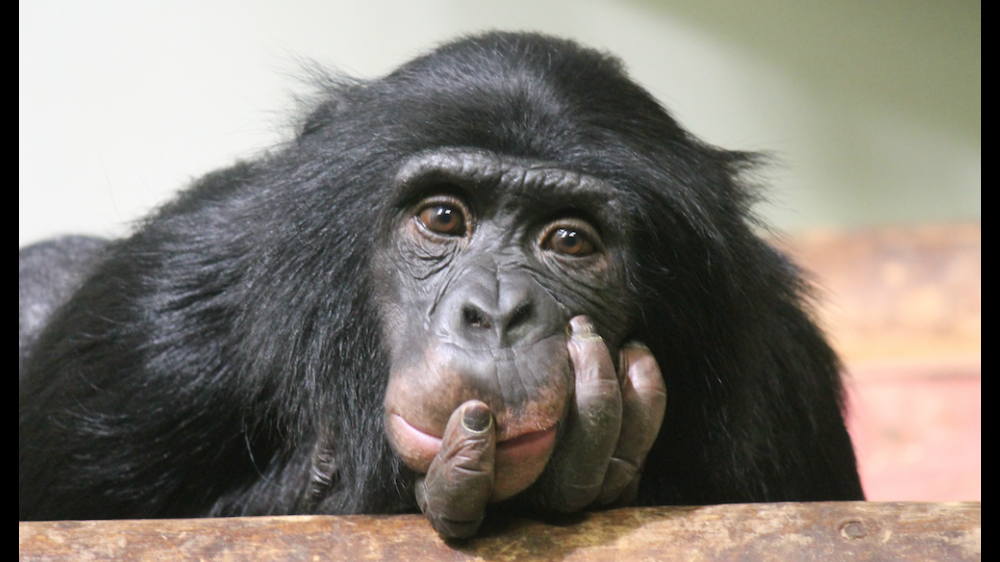
From machines to animals, there are many kinds of possible minds.

An incredible discovery has just revealed a potential new source for understanding life on ancient Earth.
Cephalopod genomes are as weird and wonderful as they are.
A new archaeological study has unearthed evidence Indigenous people in Australia and North America sustainably managed and consumed oysters for thousands of years.

Ichthyosaurs were large marine reptiles with an elongated, snakey shape. They first emerged after the end of the Permian extinction, an event also known as the “great dying”, which occurred about 250m years ago and which wiped out more than two-thirds of species on land and 96% of marine species.


Named Tomlinsonus dimitrii, the species represented by the specimen is part of an extinct group of arthropods known as marrellomorphs that lived approximately 450 million years ago, during the Ordovician period, the research team reported in a new study.








